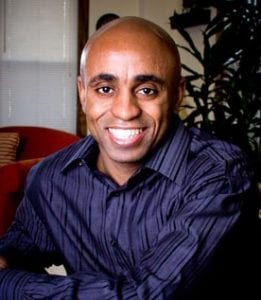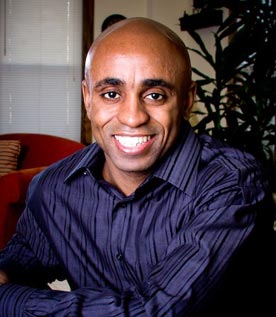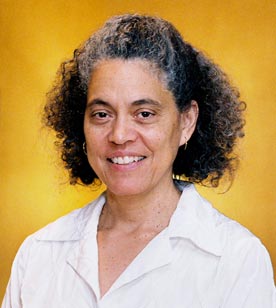
Historically, the housing stock for many low-income and minority families has been overpriced, dilapidated, and hazardous. Public housing, the federal low-income housing tax credit, and programs like New Jersey CHOICE have provided an opportunity to increase quality housing for low-income families that is economically accessible. These programs set the goal of providing a decent home and suitable living environment.
However, the predominate placement of public housing units in low-income communities of color already lacking economic, educational, and human resources started to meet resistance in the 1970s. As a result, many affordable housing advocates began focusing on developing affordable housing in racially and economically segregated communities in an attempt to have more affluent, white communities carry their “fair share” of the financial and “social” burden of housing low-income populations. The point was to racially and economically integrate suburban neighborhoods and decentralize urban poverty.
Both strategies — constructing units in low-income communities and fair share work — have had successes and failures; both were needed then and to some degree are needed now. But there should be a shift to a more creative, inclusive, belt-tightening affordable housing strategy if we are going to be successful in this generation.
I do not think the most important affordable housing issue is a lack of construction subsidies to build low-income housing — especially in suburban communities. Even though racism is far from dead in America, ethnic and racial geographical diversity has expanded greatly over the last 40 years and affordable housing advocates should take into consideration the suburbanization of Latin Americans, Asians, Africans, and African Americans in the United States before continuing to focus on this issue. I think the more pressing present issue is that the entire residential housing market is unaffordable, creating and sustaining a lack of affordable quality housing anywhere.
And it’s not for a lack of space. Even with current population growth, we have enough structures to house our populations for the next 50 years. With all of these vacant commercial buildings popping up around the country, we should start with the existing infrastructure in rebuilding an affordable housing movement. There should be a moratorium on all new residential housing construction in this country. All of these empty residential and commercial buildings should be converted into housing. They should not be income-restricted, low-income housing units. They should be creatively converted into residential housing units that are sustainable, physically accessible, affordable, and open to people from all income brackets for inclusion and diversity purposes.
Through a one-time federal tax deduction or credits program, make the banks fork over their underutilized residential and commercial foreclosure portfolios to responsible, tested entities such as NJ Community Capital, which have the capacity and wherewithal to develop and convert these properties into residential housing with community input. Placing these creatively converted units on the residential real estate market will increase the supply of housing, bringing prices down. By starting with the existing built environment, we will be minimizing the construction waste for our planet and developing more sustainable communities.
Beyond foreclosure conversions, affordable housing in many places is physically deplorable. The living conditions in many SROs, large multifamily complexes, and public housing buildings are dangerous and toxic. The country should take one year to exclusively find and focus on building code violations for affordable housing residents. There is no reason to build more affordable housing for poor people and then allow them to degenerate into conditions not much better than living outside. Long-term building health and safety should go hand-in-hand with income restrictions and rent control or we are permitting indecent, unsustainable housing under the guise of “affordable housing.” Affordable housing advocates should not have a hard time convincing politicians to enforce their existing building codes, either, since there is a financial incentive to find violators, penalize them, and bring additional revenue into their cash-strapped entities.
If we can at least do the above strategies well over the next 10 years, we can make huge gains and change the landscape of affordable housing in America forever.





Comments